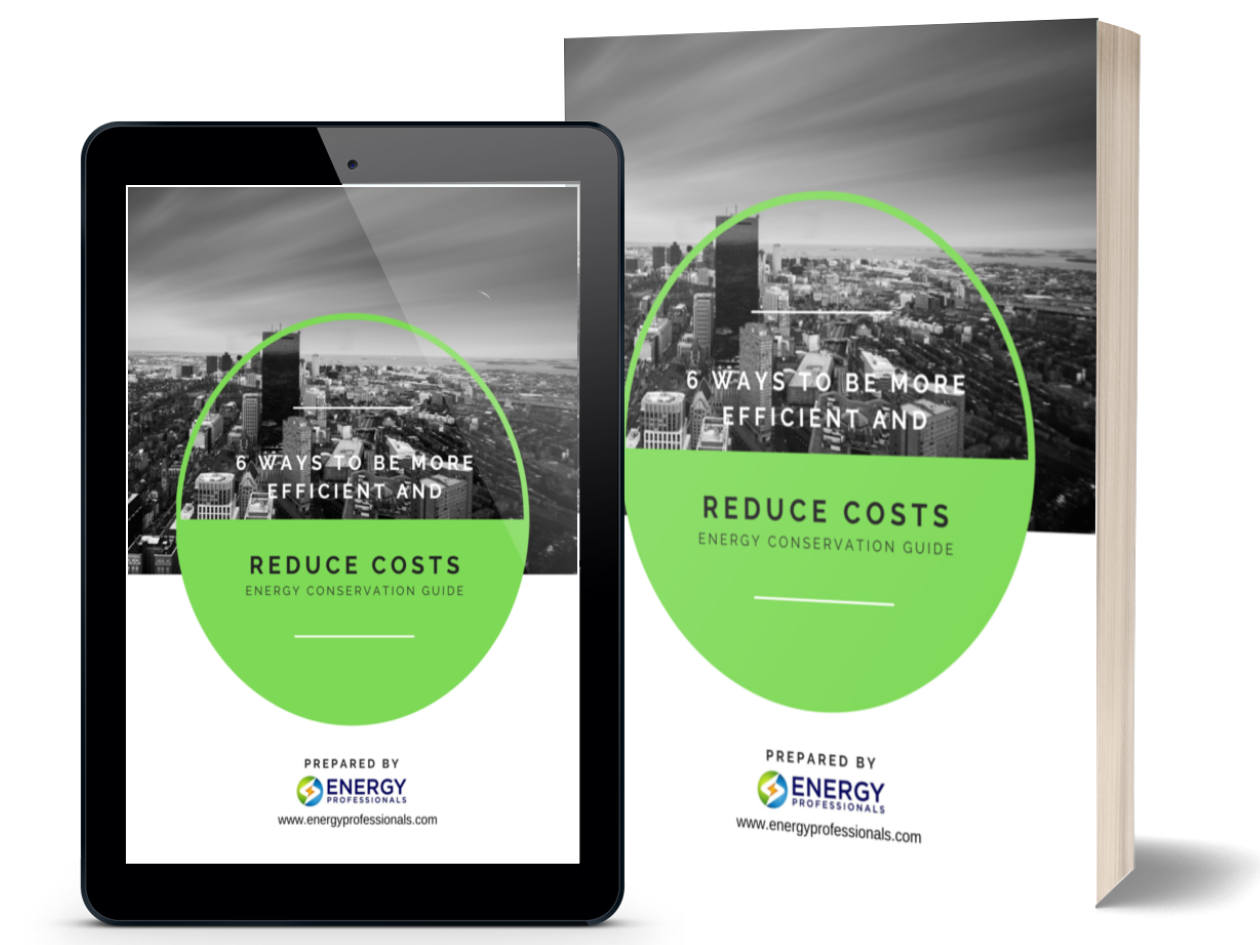Microgrids: The Future of Business Energy
Microgrids: The Future of Business Energy https://youtu.be/awECjkaN_3o?si=Guc4PNFfRYGlWzz1 It seemed like a regular Friday afternoon until one of the most significant

Microgrids: The Future of Business Energy https://youtu.be/awECjkaN_3o?si=Guc4PNFfRYGlWzz1 It seemed like a regular Friday afternoon until one of the most significant
Microgrids: The Future of Business Energy
It seemed like a regular Friday afternoon until one of the most significant yet unforeseen events in a decade provided a sharp reminder that businesses need to think seriously about energy resilience and have a backup plan should the worst happen.
At about 5 p.m. on Friday, August 9th, more than one million customers across England and Wales suddenly lost power – causing chaos for rail, road, and air commuters.
Retail tills froze, manufacturing processes halted, IT systems crashed, and thousands of businesses had no electricity supply.
Our reliance on electricity has never been higher in today’s fast-paced world. But with increasing demand comes a harsh reality – our aging power grid is struggling to keep up. As a result, power outages are becoming an all-too-common occurrence, impacting homes and businesses across the United States.
These outages disrupt daily life and can have severe consequences for businesses. Lost revenue, disrupted operations, and compromised safety are the costs we bear when the lights go out.
That’s why more and more businesses are actively seeking solutions to be energy-independent. They’re looking toward a future where their operations don’t grind to a halt when the grid falters.
One solution stands out as the future of business energy – Microgrids.
Microgrids are reshaping the way businesses handle energy. They’re resilient, cost-effective, and eco-friendly.
Resilience:
Microgrids ensure your business stays up and running during power outages, no matter the cause.
Cost Savings:
Through experts like Energy Professionals LLC, you can secure better energy rates and reduce long-term expenses.
Sustainability:
Align with your sustainability goals by integrating renewable energy sources.
Energy Independence:
Gain control over your energy production, reducing dependence on external providers.
Now, you might be wondering!
“How can I transition to a microgrid?”
It’s easier than you think.
For businesses looking towards a sustainable and efficient energy future, the solution might be smaller than they think. Microgrids have steadily gained traction as a resilient and versatile energy solution for companies of all sizes. Here’s why they could be the future of business energy and a step-by-step guide to making the switch.
A microgrid is a local energy system that can function autonomously or in tandem with the primary power grid. They can generate, distribute, and regulate the flow of electricity using a mix of renewable sources, like solar and wind, alongside traditional generators.
1. Resilience and Reliability: With climate change bringing more frequent and intense weather events, there’s an increasing risk of power outages. A microgrid can continue functioning even when the primary grid fails, ensuring business continuity.
2. Cost Savings: While the initial investment is significant, microgrids can yield substantial long-term savings. Energy Professionals LLC, for instance, has expertise in negotiating better energy rates and optimizing the economic benefits of adopting microgrids.
3. Sustainability: Microgrids facilitate the integration of renewable energy sources, aligning with corporate sustainability goals.
4. Energy Independence: Businesses can produce power by reducing reliance on external providers.
1. Assessment and Planning:
Engage with energy consultants like Energy Professionals LLC to determine the feasibility of a microgrid for your business. They will evaluate current energy consumption, future needs, and potential renewable energy sources.
2. Design:
Based on the assessment, design a customized microgrid system. This design will consider factors like energy storage, type of renewable sources, and integration with the existing grid.
3. Regulatory Compliance:
Before installation, ensure you comply with local and state regulations regarding microgrid deployment.
4. Installation:
Work with experienced professionals to install the microgrid components; this includes solar panels, wind turbines, energy storage units, and control systems.
5. Integration and Testing:
Once installed, integrate the microgrid with your existing power infrastructure. Test it under various scenarios to ensure seamless operation.
6. Maintenance:
Like any infrastructure, microgrids need regular maintenance. Schedule periodic checks and updates.
7. Monitor and Optimize:
Use analytics and monitoring tools to evaluate the performance of your microgrid. Make adjustments as needed to optimize efficiency.
Transitioning to a microgrid might seem daunting, but with experts like Energy Professionals at your side, it’s a journey worth undertaking. Not only will your business save money in the long run, but you’ll also positively contribute to a more sustainable and resilient energy future.
Let’s power your future together!
Whether you are a small local business, a large company with many locations across America, or an industrial plant, a microgrid solution exists.
Poweroutage art work courtesy of modern artist Tamassia Martins


Don't have one? You can get one by calling us at 855-4-PKIOSK.
Energy Professionals is committed to finding its customers the best possible rates on electricity and natural gas. Tell us your location and service type and our energy manager will connect you to the most competitive offers.
Switching to an alternate supplier is easy. There is no chance of service disruption, and you'll continue with your current utility for energy delivery and emergency service. Take a few minutes to discover your best offers, and enjoy the benefits of retail energy in your home or business.
1. Energy Type
2. Service Type
3. Zip Code
4.Local Company
5.Zone
We believe that knowledge is power. Here’s a free e-book that provides business solutions to reducing energy costs.
Download E-Book Free Energy Audit




